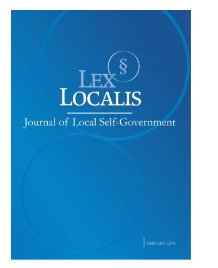EXPLAINABLE ARTIFICIAL NEURAL NETWORK MODEL FOR DIAGNOSIS OF LUNG CANCER
DOI:
https://doi.org/10.52152/801695Keywords:
Artificial Neural Network Explainable Artificial Intelligence Lung cancer Cancer DiagnosisAbstract
Lung cancer remains the second most common cancer worldwide and is often diagnosed at advanced stages due to asymptomatic early development. Early and precise detection is therefore critical to improving patient outcomes. In this study, we develop and compare two explainable artificial intelligence models for lung nodule classification based on a dataset of 1,000 patients. Both models employ the Neural Tangent Kernel (NTK) framework: one using all 26 radiomic and clinical features, and the other a reduced subset of the top 13 features identified via SHapley Additive exPlanations (SHAP). We split the data into 80 % training and 20 % testing sets, applying standard preprocessing and cross-validation. The full-feature model achieves 98.0 % accuracy (sensitivity 97.5 %, specificity 98.3 %), while the reduced-feature model yields 99.0 % accuracy (sensitivity 98.9 %, specificity 99.1 %). Our explainable artificial neural network (XANN) further provides per‐prediction feature contributions, enabling transparent clinical decision support. These results suggest that the 13-feature XANN model can deliver near‐optimal performance with reduced complexity, facilitating early lung cancer diagnosis in resource-constrained settings. Future work will focus on multi-center validation and integration with radiologist feedback loops.
Downloads
Published
Issue
Section
License
Copyright (c) 2025 Lex localis - Journal of Local Self-Government

This work is licensed under a Creative Commons Attribution-NonCommercial-NoDerivatives 4.0 International License.








